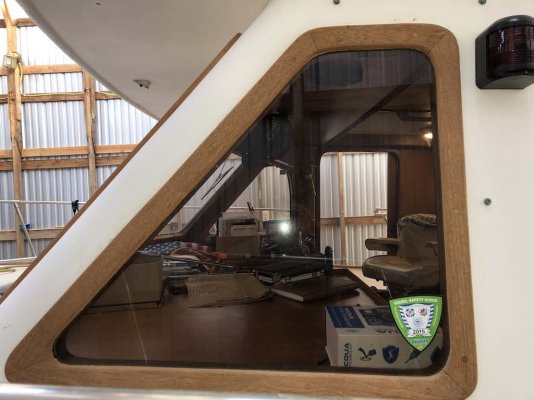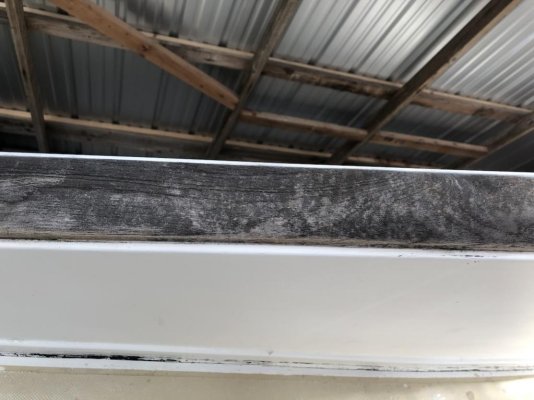skipgundlach
Veteran Member
OP here. Very kind of you to offer. If that was meant for me, I have a DeFever—not a Selene or Flemming—and would have to locate the hull #. Also, for my refit, we’re using Awlwood, which may not please brightwork purists, but we are very happy with.
We are / were (it's finally now ready to do again, having started peeling in a couple of places after more than 10 years, and proceeding to peel nearly entirely in the last couple of years), thrilled with our Awlwood on the cap rail of our cockpit.
If we dinged it hard enough, it got some whitish under the ding spot but otherwise was flawless for many years.
You can see that result (didn't take pix of our removing ages of black, extremely thick, varnish), interspersed with many other projects after our wreck's rehab, starting here; page on to other pix on later pages.
We had some initial challenges with bubbles but consultation with the techies at AwlGrip got that sorted before the last coats.
Highly recommend, and will do again on the next cosmetic refit:
Pictures: Flying Pig Is Aloft - The Adventure Begins/Chapter_3_-_Restoration/Chapter_2_-_Salt_Creek_Marina_Repairs/Exterior


